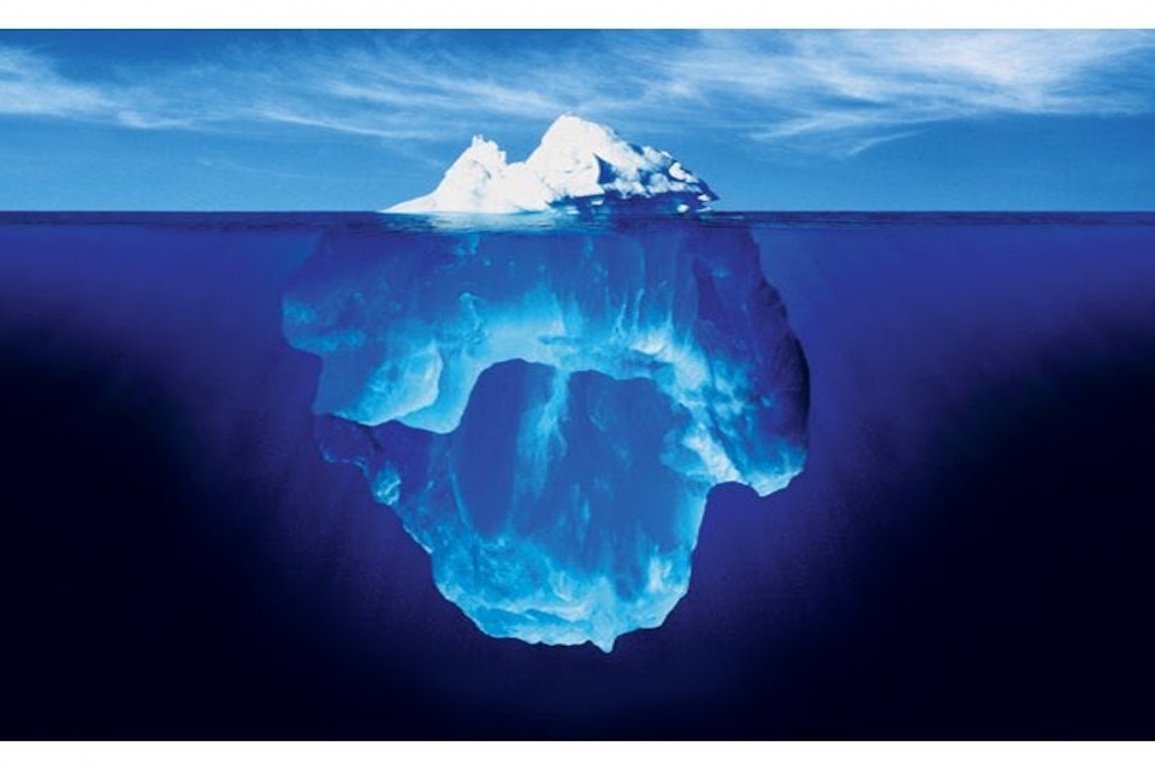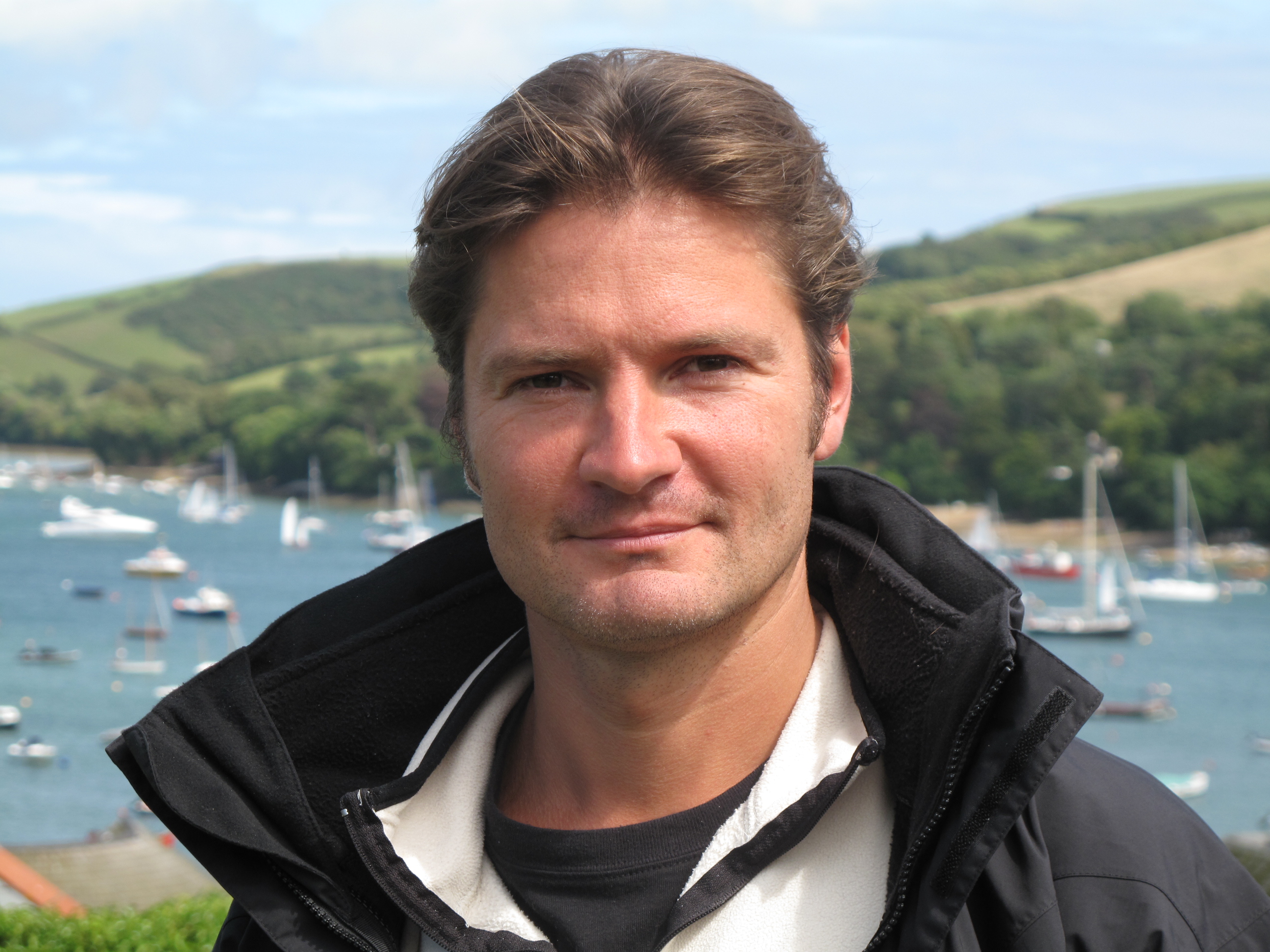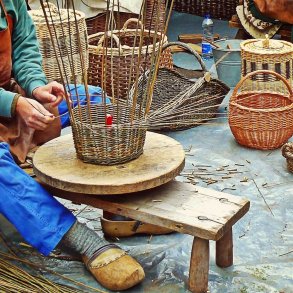By Giles Hutchins for Enlivening Edge Magazine
In the first of this series on Embodying Teal for Real, we explored the importance of love rather than fear underpinning our thoughts, words and deeds, and we also identified the importance of 1) self-awareness and 2) self-inquiry as we take small steps of love on our journey of embodying Teal.
Embodying Teal for Real – Part 2 explored self-awareness and self-inquiry. This Part 3 provides some tips for helping with self-awareness and self-inquiry as we go about our daily business.
Somatic awareness
Our ‘soma’ is our body. The more we can be aware of the feelings within our body, of how we are standing or sitting, of our posture and any held constrictions or tensions, the more we bring our awareness into the body and out of the ego-chattering head. This provides two things simultaneously:
- It informs us of the quality of our ‘being’ at any given moment and so helps us be more attentive to being-within-the-doing.
- It helps us become more present, more enlivened, as we sense into body sensations, and it helps enhance self-awareness in being responsive rather than reactive to the situation unfolding around and within us.
Here are some classic ways to increase somatic awareness:
Breathing
Noticing our breathing, the quality and pace of breathing, is a great way to bring awareness back into the present moment even in the midst of a tense situation. This subtle shift allows our perceptual horizon and conscious awareness to widen in the heat of the happening. For instance, we can imagine the swirling spirally flow of air as it comes up through our nostrils and also as it swirls and flows down out of our nostrils again. The richer our imagination is in embracing the sensation and rhythm of breathing, the better. The more we practice, the more we affirm that far from body-awareness being a distraction, it actually enhances the quality of relationality and presence.
We can also sense how deep our breathing is. Are we breathing deeply from the belly area? Can we sense the belly and lower chest enlarging and contracting while breathing, or are we breathing more from the upper part of our lungs and upper rib cage? Deeper belly breathing not only improves oxygenation (improving attentiveness and ability to presence) but it also helps us de-stress, if only for a moment. So, we can create a mini-window for self-awareness through our breathing.
If we wish, we can go further in this exercise by miming (or vocalising, if the situation allows) the vowel sound AH on the outbreath. This can be done in a subtle way not noticeable to others. It is a very simple mantra that can be undertaken silently, with immediate benefit to the quality of attention and the coherence of brain waves.
Tongue on roof of mouth
Simply placing the tongue gently on the roof of the mouth while listening to someone does two things simultaneously
- moving the tongue on the roof allows awareness of the sensations, which helps presence us with body-awareness while easing our ego-grasping intensity of the moment and
- it provides a preventative measure to our mouths opening and blurting out a reactive or impatient response or excited interruption, and so invites in spaciousness for deeper listening and attentiveness, rather than a hurried half-baked or overly-emotive reaction.
Heart and gut awareness
The more we enhance our somatic awareness, the more able we shall be to sense feelings, sensations, and constrictions within heart and gut areas. Pioneering neurobiology now confirms what mystics have known for millennia, that the heart and gut are powerful organs of perception directly involved in sensing-and-responding to the environment, and hard-wired to the brain. By sensing in to heart and gut during meetings or conversations, we allow access to more natural intelligence, and also can sense into any feelings before they provoke ego-reactions or unconscious bias reactions. This is a way to embrace each conversation as a continuous leaning into self-inquiry.
Inquiring, questioning, listening
The art of effective dialogue is learning how to create a space for co-creative sharing. An important step in that direction is learning to listen effectively, not just to what is being said, but to all the body language of the other and also to our own body language and feelings germinating. To really open beyond our reactions and judgments, to be fully present, is an art, and like any art, the key is practice, practice, practice.
The way we question and inquire can encourage the other to open up and share more, rather than closing them down, or trying to get them to agree to our view or position. This is a shift from an essentially ego-dominated conservation to a more soulful dance. This kind of questioning and listening can also help us slow down the urge to react, while paying attention to our projections and habituations before they take hold. The art with practice becomes mastery, with each conversation helping us practice, and so cultivate this mastery. Difficult situations (whether with close family or work colleagues) can then be seen for the fruits of learning they offer if we choose to see.
Grounding
Often amid the busyness and stress of the day we become ‘ungrounded’—not only off-centre, but not adequately ‘connected’ to the ground below us. Through the simple practice of bringing awareness into our legs, ankles, and feet, and then sensing the ground beneath our feet, we allow our awareness to consciously ‘re-connect’ with the ground below, even when high up in a building.
We can deepen this sense of grounding by imagining roots growing out of the soles of our feet into the floor below and then through the structure of the building and its foundations, these roots radiating deep into the soil and Earth. This practice of enhancing awareness of connection with the ground has a noticeable effect, and hand-in-hand with enhancing our body-awareness in general, it stabilises us and helps us move out of reactivity and more into a centred responsiveness.
It is also good to take shoes off every so often—as the situation allows—and connect with the ground. Ideally, this would be placing feet (with or without socks) on the ground outside of the office or working environment at least once or twice a day. But we might not always be able to—or wish to—do this. Bringing awareness into the feet and imagining roots connecting into the ground is something anyone can do while sitting in a meeting or at a desk without needing to do anything that feels socially uncomfortable to do.
Changing embodiment habits
Neuroscience shows that lots of small practices every day are the best way to change neural pathways and habits. Short bursts of ‘centring’—whether it be noticing posture or focusing on breath or sensing into the heart and gut or sensing the ground beneath us—say twenty times a day, a couple of seconds each time, will form the backbone of self-mastery.
These small steps transform ourselves, and in turn, transform our environment.
Giles Hutchins is a thought-leader and adviser on the future of business. His latest book Future Fit can be found on Amazon; see a short video about it here. He blogs at www.thenatureofbusiness.org and is Chairman of The Future Fit Leadership Academy.





